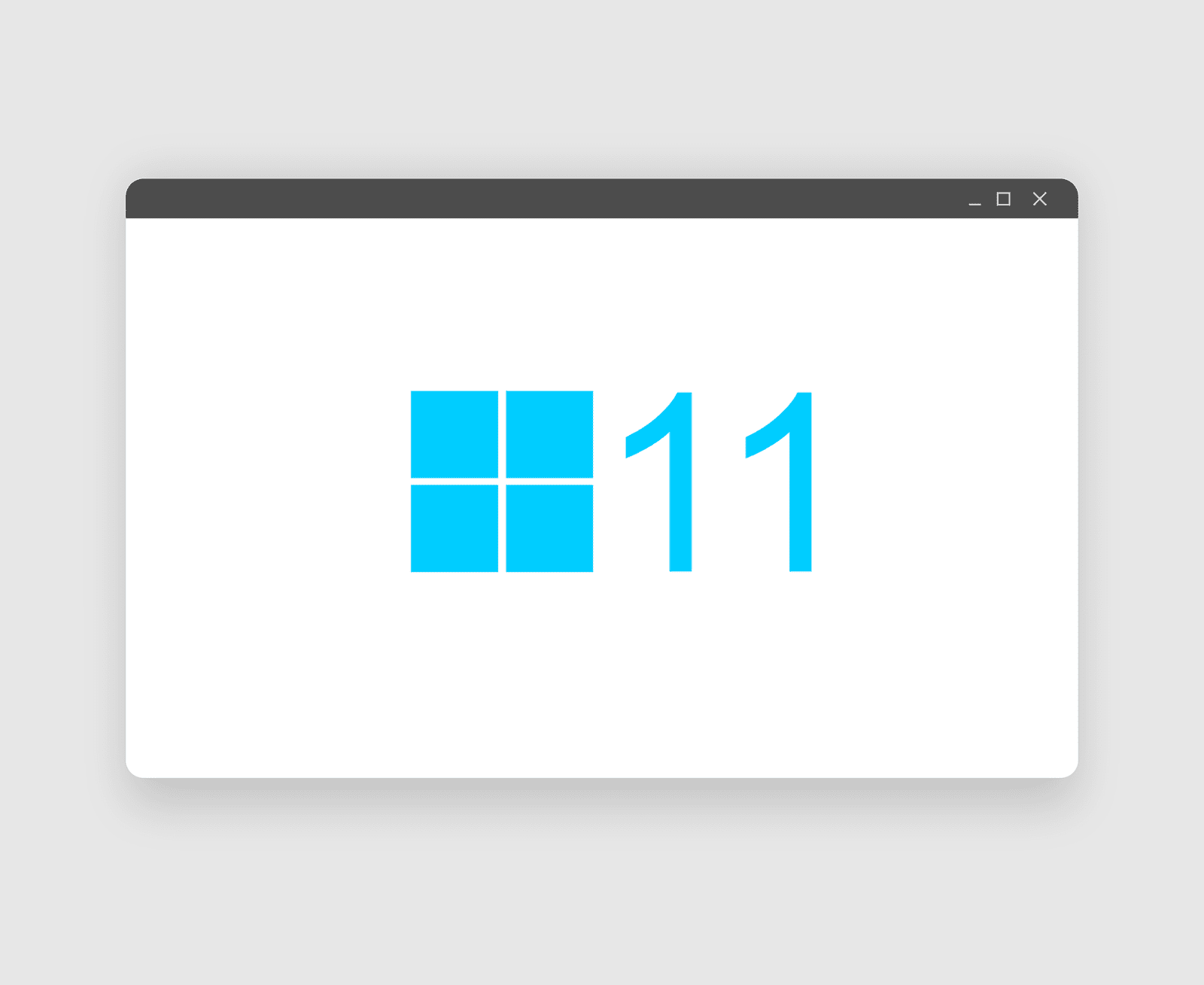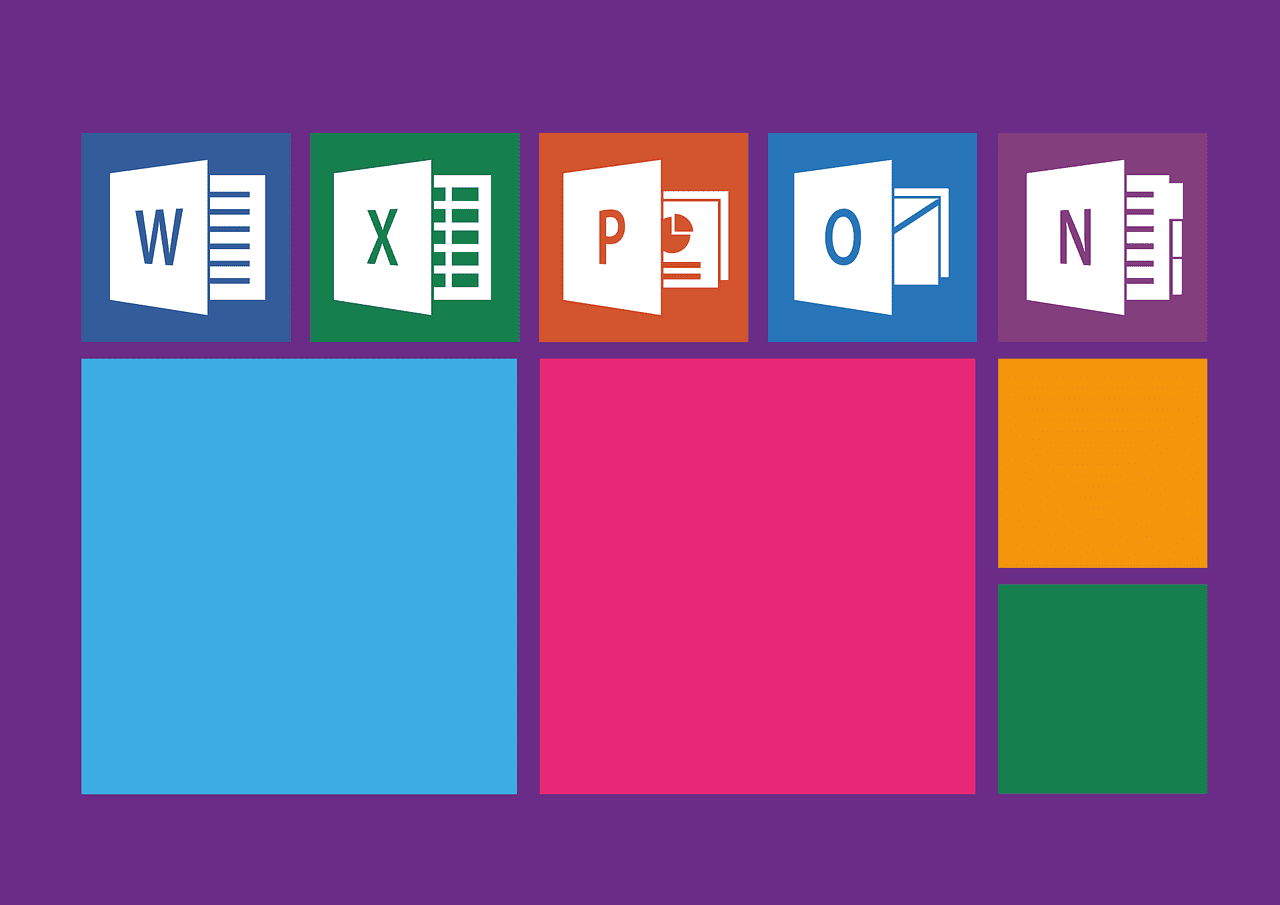
Microsoft’s latest operating system has taken the world by storm. But before jumping ship and upgrading to the new OS, better read this first.
Microsoft has released the latest version of its operating system — Windows 11.
At a time when computers and technology play a more central role in human lives, tech companies are scrambling to deliver the best user experience possible to capture the ever-expanding market.
Microsoft’s answer to the growing demand for better technology for home and business use is Windows 11.
Microsoft dubs their latest operating system as the “Windows that brings you closer to what you love.” But are they actually able to achieve that?
I know you have a lot more burning questions about this latest OS from Microsoft. So without further ado, let’s jump right into answering the five biggest questions you may have about Windows 11.
THE FIVE QUESTIONS ABOUT WINDOWS 11
QUESTION #1 – WHAT’S THE DIFFERENCE BETWEEN WINDOWS 10 AND 11
Windows 11 gets a significant boost in performance, functionality, and style compared to Windows 10. Here’s a small rundown of the critical upgrades Microsoft made for its latest OS:
- Windows gets a makeover: If you’ve used Apple before, you might see the similarities between the design of the macOS and the latest Windows model. Windows now also sports tightly rounded corners, and the taskbar icons are permanently centered. But at least the ever handy Start button is here to stay.
- Streamlined Productivity Functions: There are many small but significant upgrades that Microsoft did for Windows 11. For one, your PC will now remember the last layout of your choice when docking. Each of your virtual desktops can also have a different background. Also, widgets are back like never before. And Windows 11 features a Snap Layout function that lets users choose from a variety of layout options at the click of a button.
- New and Improved Teams: With hybrid work becoming the new normal around the world. Teams entered the spotlight. Because of this, Microsoft made sure to include reasonable upgrades to the application. For example, Teams is now integrated into the operating system, making it easier to communicate with family, friends, and colleagues.
- Better Gaming Experience: Microsoft made sure to think beyond just business people and workers when designing the new Windows 11. Gamers will love the fact that playing games on Windows is made even better, with Xbox Game pass and Cloud gaming supported on the Xbox app in Windows 11.
- Android Apps on Your PC: Aside from offering better compatibility with the Xbox, Microsoft has successfully integrated Android apps on your PC using Windows 11. But here’s the catch: We’re not yet sure if these Android apps would work optimally on PC.
QUESTION #2 – DO I NEED TO MAKE HARDWARE CHANGES TO SWITCH TO WINDOWS 11?
- At least a 1GHZ dual-core processor
- 4 GB of RAM
- At least 64 GB of storage
- A graphics card compatible with DirectX 12 or later, with a WDDM 2.0 driver
- 720p display, at least 9” diagonal size, with 8 bits per color channel
- TPM version 2.0
- UEFI, Secure Boot capable firmware
QUESTION #3 – IS THE MICROSOFT OFFICE SUITE AVAILABLE ON WINDOWS 11

QUESTION #4 – HOW CAN I SWITCH FROM WINDOWS 10 TO 11?
QUESTION #5 – DO I REALLY NEED TO SWITCH TO WINDOWS 11?
TECHNOLOGY THAT WORKS FOR YOU
Article used with permission from The Technology Press

